The mountains south of Bologna and north of Florence offer landscapes that seem to have very little of the Emilian or Tuscan style. Here we do not find the rolling hills or rows of cypress trees of the Sienese out-of-town, nor hints of the Florentine Renaissance. Seeing the morphology from above, we understand how these ridges suddenly stand out from the plains below, making us realize that with the local tourist stereotypes they have little to do.



We leave the town of Porretta Terme and immediately enter the valleys of the Tre Limentre. The heights above us are home to ancient villages of medieval origin, some of them really well preserved and veterans of the wartime events of ancient Italy. Pàvana, a town that became famous thanks to the native songwriter Francesco Guccini, celebrated its first 1,000 years in 1998. A resort and passing place until the last years of the 1900s, from here we arrive at the ruins of Sambuca Castle, continuing on the Beechwood Road. This ancient route, now semi-unknown, is one of the many variants that connect to the Via Francigena. We are riding on an all ridge road that from neglected asphalt gradually becomes dirt and then trail, enclosed by a wonderful and endless beech forest. From here we can admire the Upper Reno Valley, capped by the highest peak in the Bolognese Apennines: the Corno alle Scale (1945 m.a.s.l.)
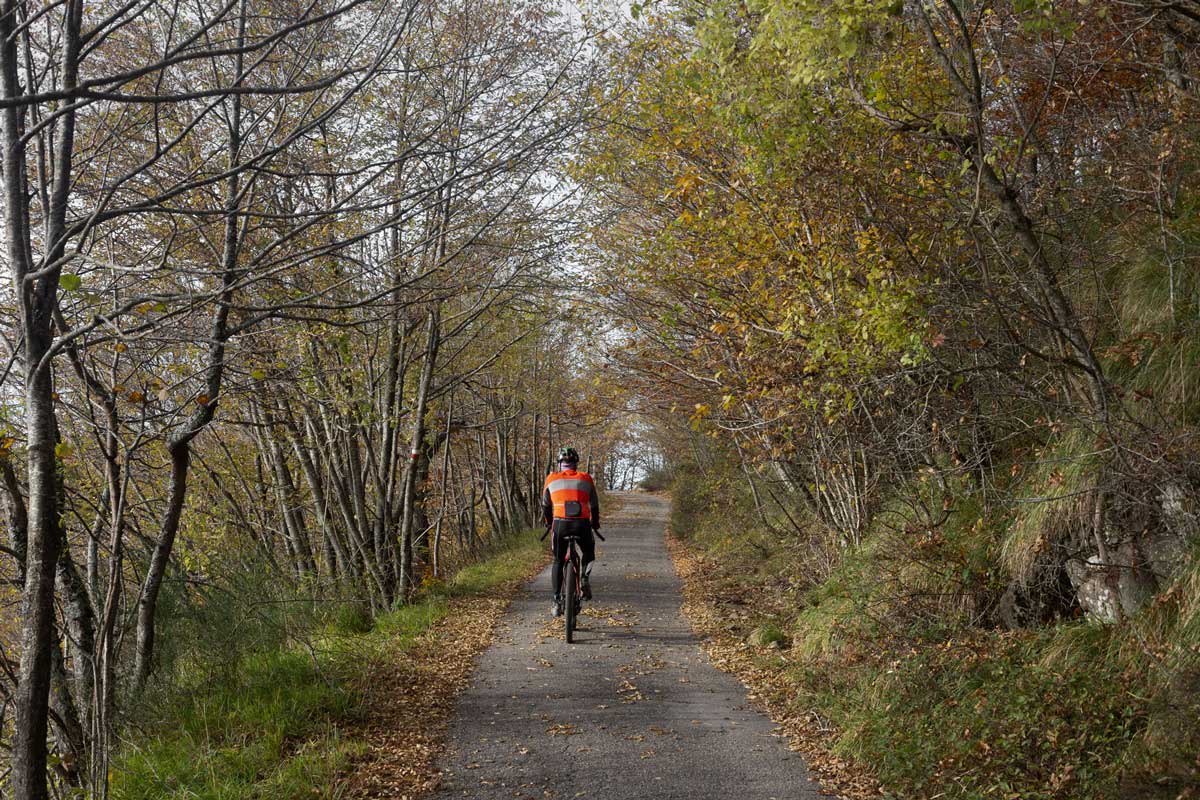
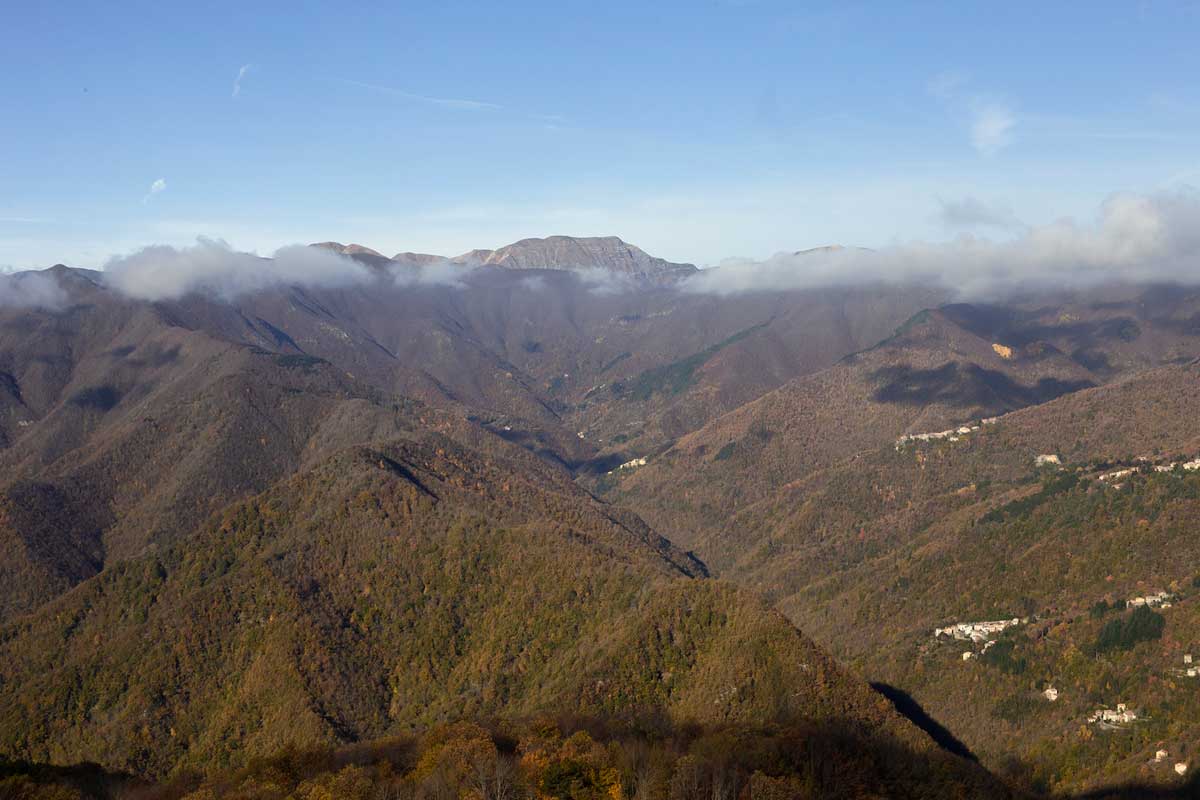
Pracchia is a crucial point in the Apennines. Once a customs post between the Granducato and the Papal States, the first trans-Apennine railroad in Italy passed through here: the Strada ferrata dell’Italia Centrale Porrettana Bologna-Pistoia, completed in 1864. Short stop and we set off again to the beautiful village of Orsigna, a real pearl of the High Apennines.




We begin to climb the gravel road that takes us gradually higher and higher. It is a beautiful forest road that in this autumn period is ablaze with the red foliage of the beech trees. As soon as the trail ends, a short and harassing hike-a-bike awaits us to the Porta Franca Shelter, located on the pass of the same name where in the old days smugglers used to pass to avoid paying duty at customs between the two states.
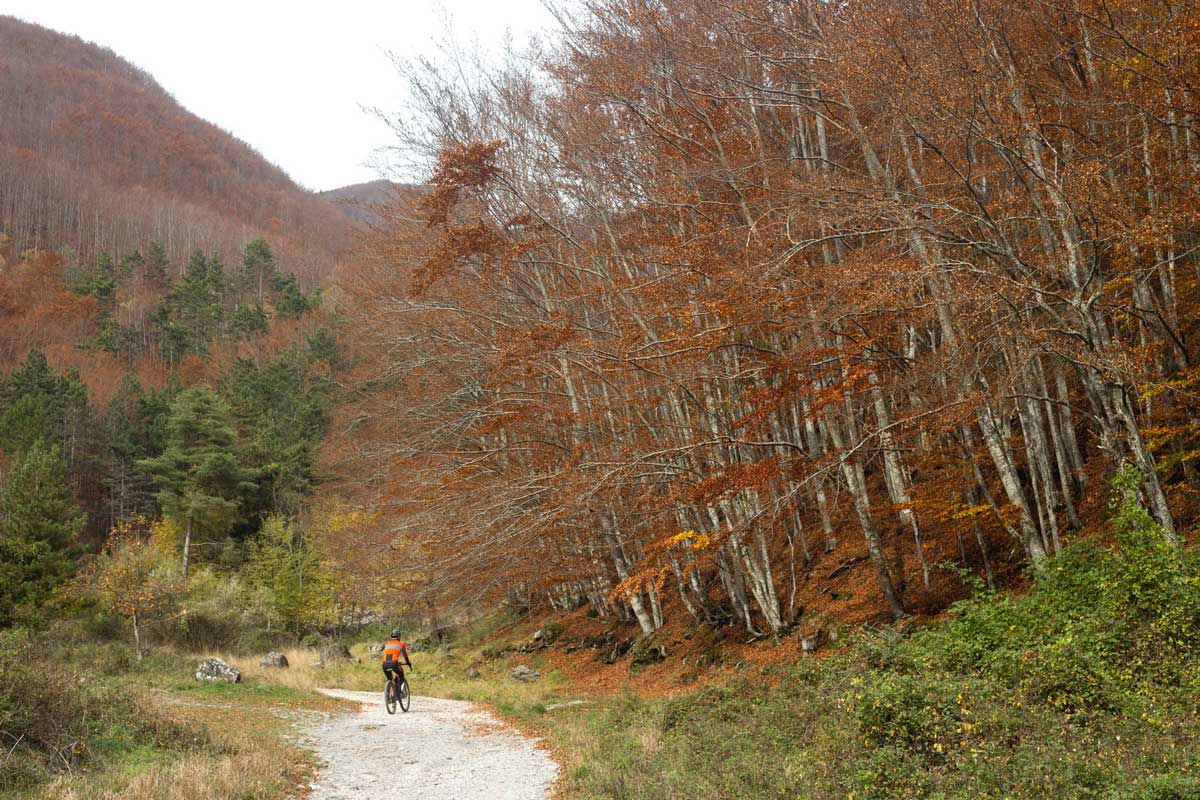
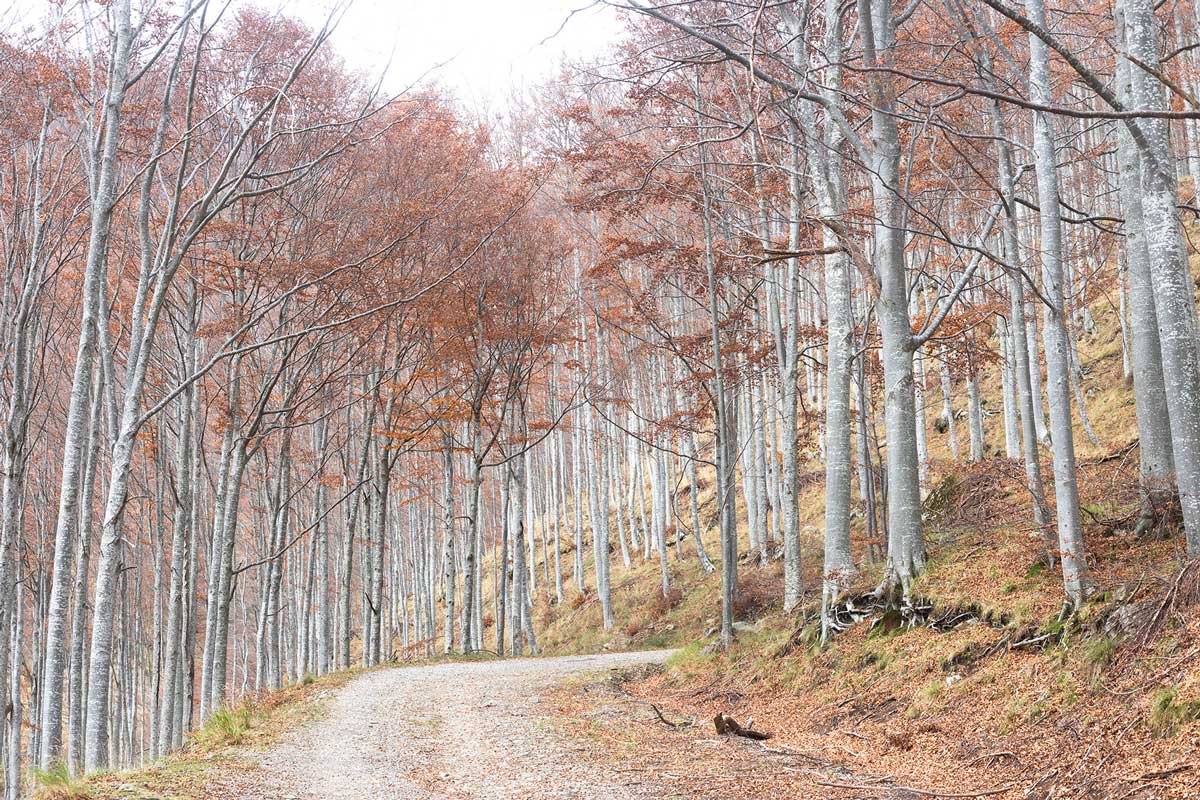
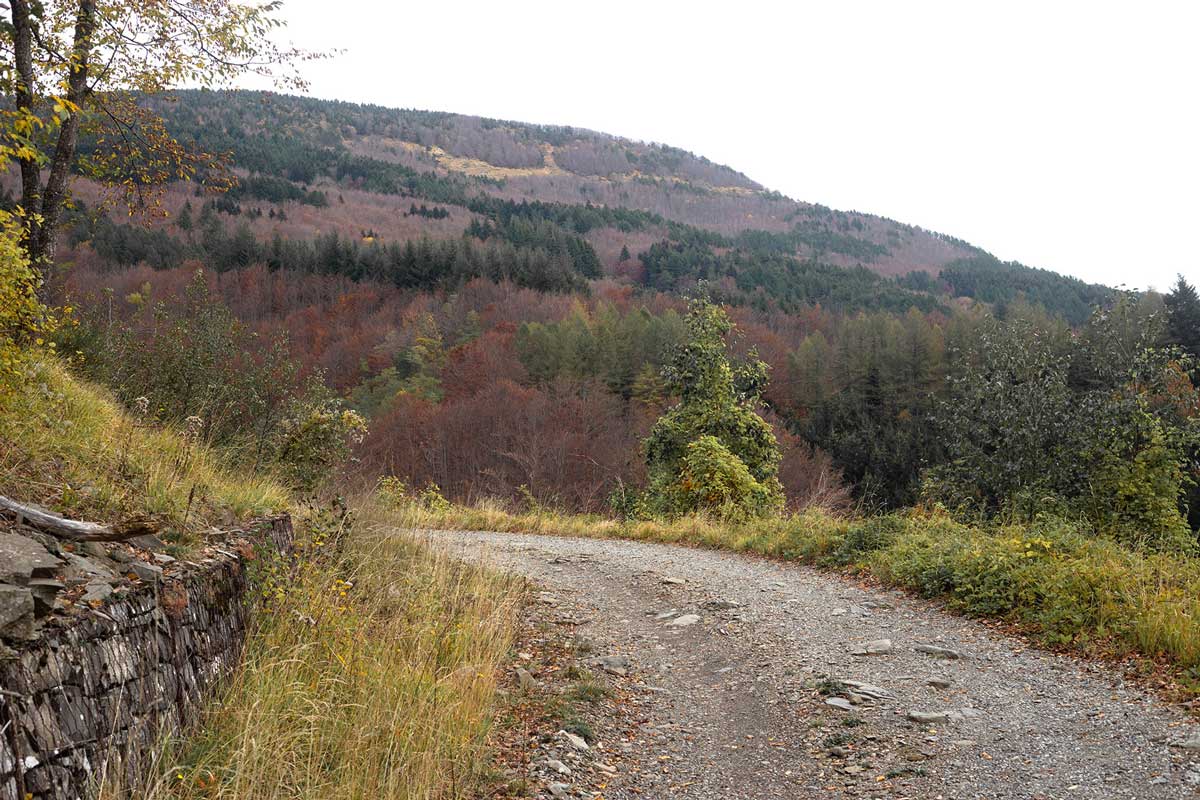
The landscape is really breathtaking. We plunge down the forest road at breakneck speed, following a flow of hairpin bends downhill through the silent forest. The descent is a fairy tale: from Porta Franca Pass the route is on singletrack with a few climbs and descents, then it becomes a forestry in some places a bit split, but still rideable. Reaching the Segavecchia mountain hut the dirt road ends and it becomes tarma, back again in the Emilian province. We cross the wild Silla Valley heading to the village of Pianaccio, birthplace of Italian famous journalist Enzo Biagi. At the Antica Locanda Alpina we find some excellent red wine that warms our veins to face the last kilometers, all on tarmac until Porretta Terme, finally closing the route.






